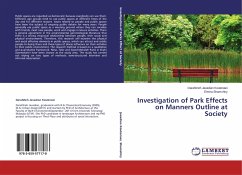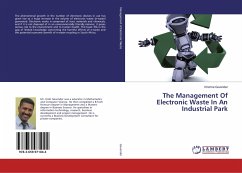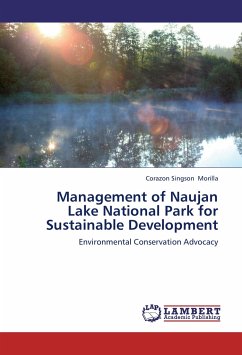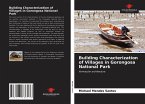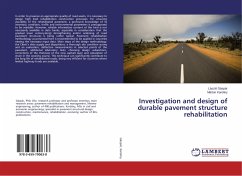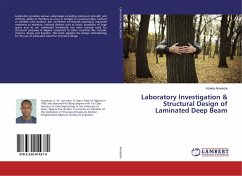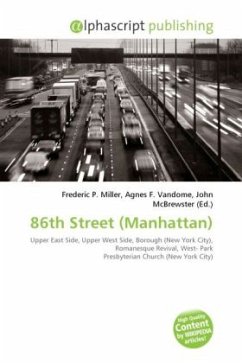Public spaces are regarded as democratic because everybody can use them. Different age groups tend to use public spaces at different times of the day and for different reasons. Issues related to people and public spaces have been the subject of ongoing public debate for many years. People generally use public space as a meeting ground where they can socialize with friends, meet new people, work and engage in leisure activities. There is general agreement in the environmental gerontological literature that there is a strong reciprocal relationship between people, their social and physical environments. Therefore, this research will examine the physical and social effective elements in public spaces, which can attract and satisfy people to being there and these types of places influence on their activities to their public environment. The research method is based on a qualitative and quantitative framework. Nima, Telar and Seyed Mahaleh Parks in Shahi (Qaemshahr) have been chosen as the study area. The study has carried out relying on two types of methods: semi-structured interview and informal observation.
Bitte wählen Sie Ihr Anliegen aus.
Rechnungen
Retourenschein anfordern
Bestellstatus
Storno

